Comprehensive Patient Management
InstaMD offers a comprehensive care coordination program designed to improve patient outcomes and reduce healthcare costs through a holistic, patient-centered approach. By integrating a wide range of healthcare services and leveraging a dedicated team of professionals, the program enhances patient care, promotes preventive measures, and drives meaningful cost savings.

Target customers
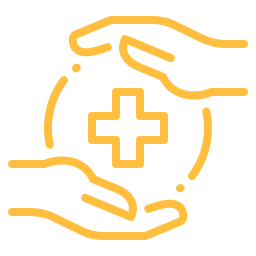
Health Plans
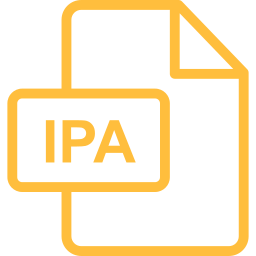
IPA
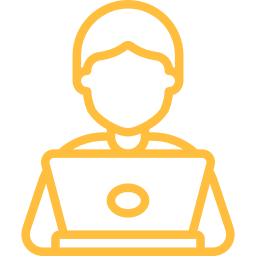
Employer
Program Highlights
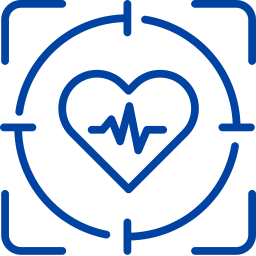
Targeted Population Health
The program serves a diverse mix of patients, addressing both preventive care and chronic disease management. This approach ensures that healthcare solutions are tailored to the needs of the population, improving overall health outcomes.

24/7 Triage Support
Round-the-clock support helps reduce unnecessary emergency room visits by directing non-emergent cases to appropriate care settings. Remote Nurse Practitioners and case managers work collaboratively across ER and urgent care facilities to ensure efficient, timely care.
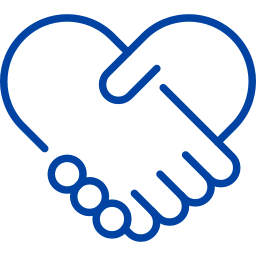
Primary Care Engagement
By providing consistent access to primary care during business hours, the program enhances patient engagement and encourages preventive measures. Early interventions aim to reduce the need for more intensive, costly treatments down the line.
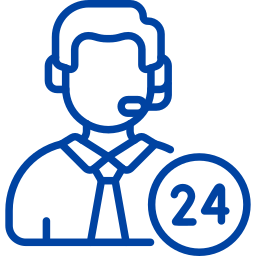
24/7 Care Coordination
The care coordination team ensures seamless transitions across different care settings. This reduces care fragmentation, improves communication among healthcare providers, and ensures patients receive timely and appropriate care.
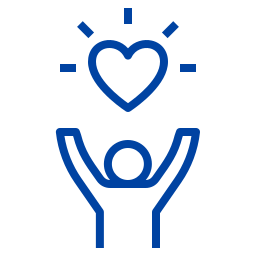
Wellness Visits
Comprehensive wellness visits focus on preventive screenings, health education, and early detection of health issues. These evaluations support overall wellness and help identify potential health risks before they escalate.
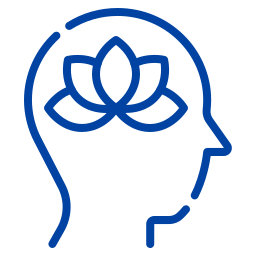
Medication Management
A robust medication reconciliation and tracking system helps ensure safe medication use and improves adherence, particularly for those with complex regimens. This approach minimizes medication-related errors and enhances treatment outcomes.
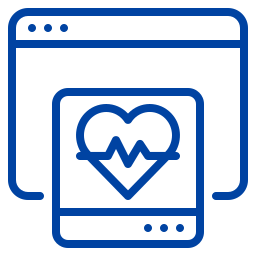
Remote Monitoring
Continuous remote monitoring for chronic care patients ensures timely interventions, reduces hospitalizations, and helps manage conditions effectively. Vital signs are monitored in real-time, providing proactive care for high-risk patients.

Cost Savings and Value
The program is designed to deliver substantial savings by reducing avoidable ER visits, hospital stays, and long-term complications. It operates on a per-member-per-month funding model, ensuring resources are available to support high-quality care and coordination.
Why Choose InstaMD?

Our program offers a patient-centered, preventive approach to healthcare that not only improves outcomes but also reduces costs. With a dedicated multidisciplinary team, we focus on delivering high-quality care, efficient resource utilization, and seamless care coordination—ensuring patients receive the right care at the right time.
Please schedule a brief consultation with our Customer Success Team to receive a personalized proposal tailored specifically to your needs.
Objectives

Enhance Patient Health Outcomes
Utilize cutting-edge technologies to improve care quality and patient engagement.

Achieve Significant Cost Reductions
Target a 30% reduction in ER visits through effective RPM and MTM programs, and at least a 20% diversion of potential ER visits to more cost-effective outpatient settings from inpatient admissions.

Ensure Sustainability
Develop a financially sustainable model through cost savings that support long-term health system improvements.

Enhance System Efficiency
Implement solutions that optimize care delivery and reduce unnecessary healthcare utilization.

Detailed Solutions
Remote Patient Monitoring (RPM)


Implementation
Using home-monitoring equipment to continuously gather health data.
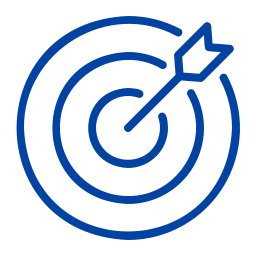
Objectives
To enable real-time health monitoring, which facilitates early detection and intervention, thereby preventing condition exacerbation that leads to ER visits.
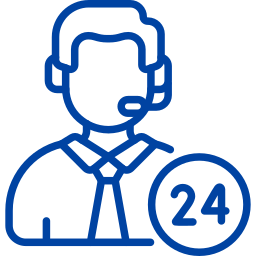
24x7 Care Coordination
Monitor vital signs alerts continuously and coordinate care responses accordingly.
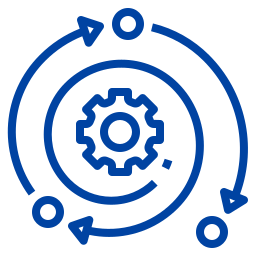
Expected Impact
Aim for a 30% reduction in ER visits by providing timely interventions based on the data collected.
Medication Therapy Management (MTM)

Implementation
Conduct thorough reviews and optimizations of patient medications by Pharmacist.

Objectives
Improve medication adherence and minimize adverse drug reactions, crucial for preventing medication-related complications that could result in ER visits.

Expected Impact
Enhance patient compliance and therapeutic outcomes, contributing to the overall reduction in ER visitations.


Proactive ER Diversion

Implementation
Establish protocols that guide patients to appropriate outpatient care settings instead of ERs for non-emergency issues, facilitated by provider evaluations and telemedicine.

Objectives
Effectively manage acute episodes in outpatient settings, educate patients on when to use outpatient services, and reduce dependency on ERs.

Expected Impact
Achieve at least a 20% diversion rate from ERs to outpatient settings, significantly lowering care costs.
Let's Get Started!

